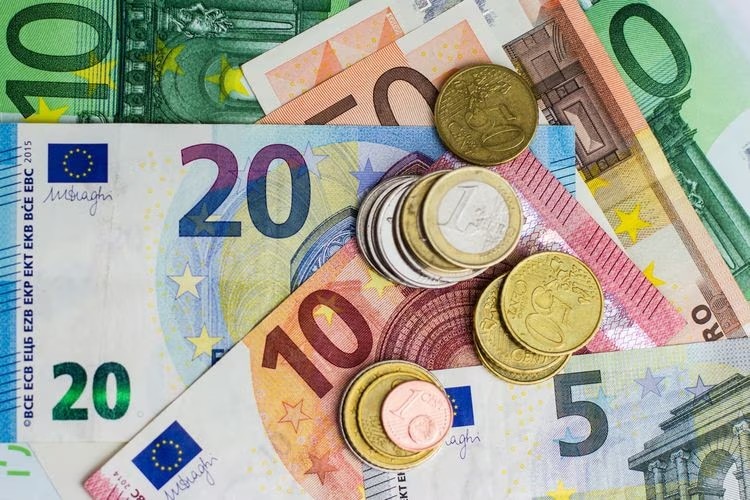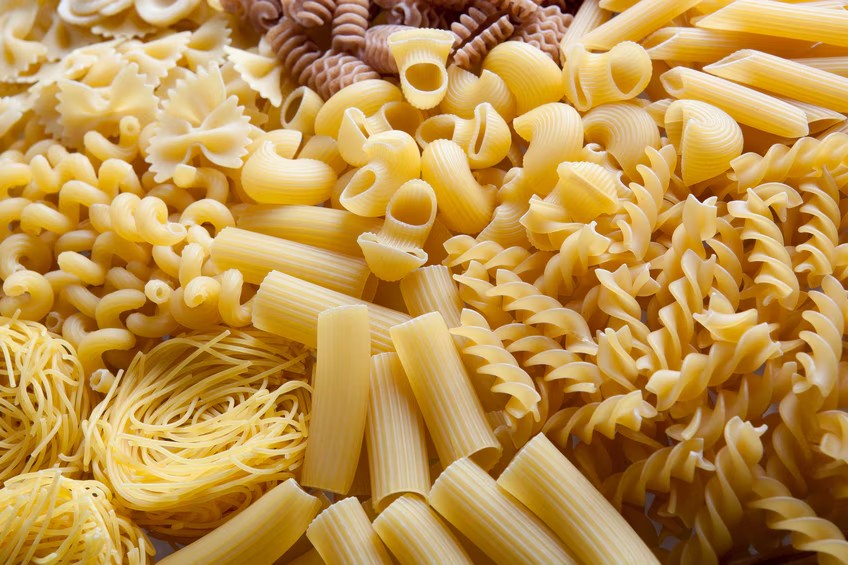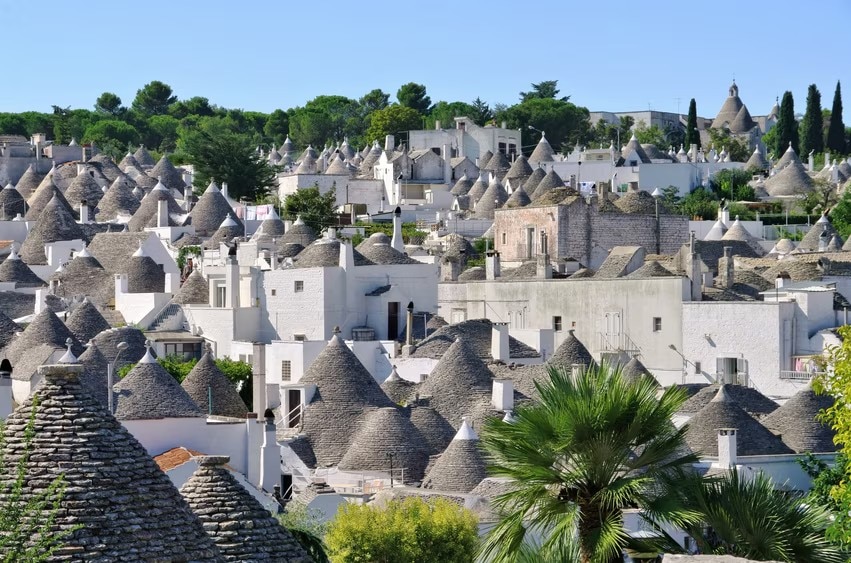-
2026/01/14
Boston(BOS) -
2026/01/21
Milan (Italy)
(Updated: August, 09, 2025 08:08)
Italy Travel Tips and Information
Official Name
Italian Republic
Capital
Rome
Population
Country Code
Approximately 60 million
IT
Country Code (international calls)
+39
The flight time to Italy is approximately 9 hours. Check the climate, currency, religion, manners, other information of Italy below. Wishing you pleasant travels to Italy.
Italy is a European peninsula country shaped like a boot. It was the center of the ancient Roman Empire and is renowned for its wealth of UNESCO World Heritage Sites.
Compare Airfares for Flights to Italy
Local Climate / Weather
Italy has a Mediterranean climate, characterized by hot, dry summers and mild, wet winters. Coastal regions, like the Amalfi Coast, experience warm temperatures, while northern areas, such as the Alps, can be quite cold with heavy snowfall during winter. ・Summer (June to August): Expect average temperatures ranging from 25°C to 35°C (77°F to 95°F). This season is ideal for beach vacations but can be crowded. ・Autumn (September to November): Mild temperatures (15°C to 25°C / 59°F to 77°F) make this a great time for sightseeing and wine harvest festivals. ・Winter (December to February): Northern regions can drop below 0°C (32°F), while southern Italy remains milder. Winter sports enthusiasts can enjoy skiing in the Alps. ・Spring (March to May): A beautiful time to visit, with blooming flowers and comfortable temperatures (10°C to 20°C / 50°F to 68°F).
Currency & Tipping
Currency
Italy uses the Euro (€) as its official currency. Here are some essential points to consider: ・Currency Denominations: Euros are available in coins (1 cent, 2 cents, 5 cents, 10 cents, 20 cents, 50 cents, €1, and €2) and banknotes (€5, €10, €20, €50, €100, €200, and €500). ・Currency Exchange: You can exchange at banks, currency exchange offices, and airports. It’s advisable to compare rates and avoid exchanging currency at hotels for better rates. ・ATM Withdrawals: Using ATMs to withdraw cash in Euros is a convenient option. Check with your bank about international withdrawal fees and notify them of your travel plans to avoid any issues with card usage abroad.
Tipping
Tipping in Italy is appreciated but not always expected. Here’s what you should know about tipping practices: ・Restaurants: Service charges are often included in the bill, indicated as “coperto” (cover charge) or “servizio incluso”. If you receive exceptional service, rounding up the bill or leaving a tip of about 5-10% is a kind gesture. ・Cafés and Bars: It’s common to leave small change (up to €1) when ordering coffee or snacks at the counter. ・Taxis: For taxi drivers, rounding up the fare to the nearest euro or leaving a small tip (around 10%) is appreciated. ・Hotels: Consider tipping hotel staff, such as bellhops and housekeepers, around €1-€2 per service. ・Guided Tours: If you join a guided tour, a tip of €5-€10 per person is customary for good service.
Useful Travel Information

Voltage & Electrical Outlets
Italy operates on a 230V supply voltage and uses Type C and Type F electrical outlets. Here are some important points: ・Plug Type: The most common plug types are two round pins. ・Adapters and Converters: If your devices are not compatible, be sure to bring a universal travel adapter. If your devices don’t support 230V, you may also need a voltage converter.

Internet Connectivity
Staying connected while traveling in Italy is easy, thanks to a robust internet infrastructure: ・Wi-Fi Availability: Many hotels, cafés, and restaurants offer free Wi-Fi. Look for signs that say “Wi-Fi gratuito” (free Wi-Fi). ・SIM Cards: If you need constant internet access, consider purchasing a local SIM card from providers like Vodafone or TIM, which offer various prepaid plans. ・Public Wi-Fi: Italy has a growing number of public Wi-Fi hotspots, especially in urban areas and tourist spots.
Water for Consumption (Drinking Water)
Italy is known for its clean drinking water, but it’s good to know the following: ・Tap Water: In most cities, tap water is safe to drink and is often referred to as “acqua potabile.” However, it’s advisable to check with locals in rural areas. ・Public Fountains: You can find public drinking fountains in many cities, which provide fresh and filtered water. Look for the “nasoni” in Rome for a refreshing drink on hot days. ・Bottled Water: Bottled water is widely available, but keep in mind that it may come with an additional cost.
Culture, Religion & Social Etiquette
Culture
Italy boasts a rich cultural heritage, with a deep appreciation for art, music, and family traditions, making it essential for visitors to engage respectfully with local customs and partake in vibrant festivals like Carnevale.
Religion
The predominant religion in Italy is Roman Catholicism, which influences many aspects of daily life, including festivals and public holidays, so it’s important for travelers to be mindful of religious practices when visiting churches and sacred sites.
Social Etiquette
Politeness is key in Italian culture; greetings are essential, so always start interactions with a friendly "Buongiorno" (Good morning) or "Buona sera" (Good evening), and remember that dining etiquette, such as waiting for everyone to be served before starting, is highly valued.
Food Culture
Italy's food culture is a celebration of flavors, offering an enticing introduction to Italian cuisine with its iconic pasta, risotto, and pizza, while street food delights like supplì and porchetta are must-tries; for an unforgettable dining experience, be sure to visit recommended local restaurants such as Trattoria Da Teo in Rome and Da Michele in Naples to truly savor Italy's culinary heritage.
Major Tourist Attractions & UNESCO World Heritage Sites
Major Tourist Attractions
Italy's iconic cities include Rome, Pisa, Siena, Milan, Naples, Venice, Genoa, and Palermo. Rome, the capital, is home to timeless landmarks such as the Trevi Fountain, the Spanish Steps, and the Colosseum, showcasing ancient Roman architecture from 2,000 years ago. Visitors can only access the world's smallest country, Vatican City, through Rome. Pisa is famous for its Leaning Tower, while Siena, with its medieval streets and the Palio horse race held twice a year, offers a glimpse into Italy's historical traditions. Venice, with its canals and gondolas, provides a romantic and unique experience, while Milan captivates with its fashion, art, and Leonardo da Vinci's "The Last Supper." Naples and Genoa bring the vibrancy of southern and coastal Italy, with rich cuisine and bustling cityscapes. Each destination in Italy promises breathtaking architecture, delightful weather, and exquisite cuisine.
UNESCO World Heritage Sites
Italy boasts 48 UNESCO World Heritage Sites, more than any other country. Of these, 4 are natural heritage sites, and the remaining are cultural. The natural sites include Mount Etna, the Dolomites, and the volcanic Aeolian Islands. Cultural gems range from the historic centers of Florence and Venice to ancient ruins like Pompeii and Herculaneum. Florence's historic district, with its iconic terracotta-roofed Duomo, exudes elegance and artistry. Venice and its lagoon invite visitors to experience its unique maritime lifestyle. Other highlights include the Trulli houses of Alberobello, with their white walls and conical roofs, and the Santa Maria delle Grazie Church in Milan, home to da Vinci's "The Last Supper," completed over three years. Italy’s World Heritage Sites offer endless opportunities for exploration, but visiting them all in one trip is nearly impossible. Instead, why not choose your destinations based on the World Heritage Sites that fascinate you most? Each one promises to reveal a unique aspect of Italy’s unparalleled cultural and natural heritage.
Travel FAQs
What is the safety situation in Italy? What should I be careful about?
In popular tourist spots, crimes such as pickpocketing, scams, and thefts targeting tourists are prevalent. It is important to manage your valuables carefully and remain vigilant.
Is English spoken in Italy?
English is commonly understood in tourist-heavy areas, but the official language is Italian, so there may be places in rural areas where English is not spoken.
Is smoking allowed in Italy?
Smoking is prohibited in all public buildings and dining establishments, including cafes and bars.
What manners should I be particularly careful about in Italy?
In Italy, it is important to greet people when entering or leaving a shop and to ask the staff before touching any products. Additionally, there are table manners to observe, such as using only a fork without a spoon and not slurping pasta.
When is the cheapest time to travel to Italy?
Flights to Italy are usually cheapest from mid-January to mid-February.




